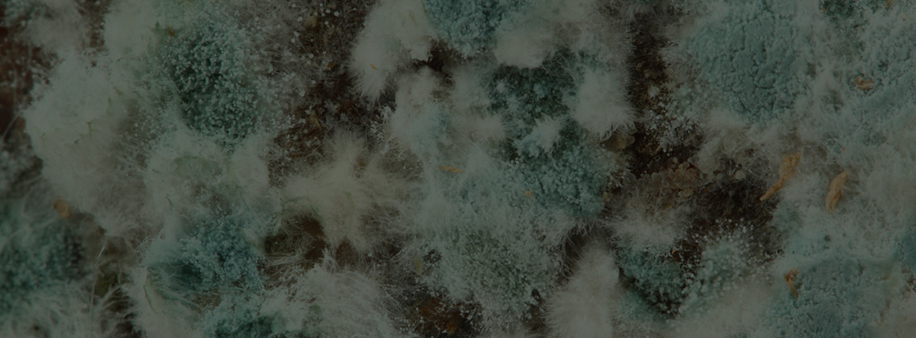Fungal and mould spores are a common contaminant of both indoor and outdoor areas.
Certain species of mould and fungi are associated with the indoor environment and grow particularly well in warm and damp conditions.
Some people in your workforce can be highly sensitive to mould and fungi contamination and can suffer from nasal or eye irritation, nausea, sneezing, nose bleeds, respiratory infections and/or skin irritation.
Children and individuals with severe allergies can develop serious medical problems. People with chronic lung illnesses, such as obstructive lung disease, may develop mould infections in their lungs.
At Euro Environmental we use the latest technology to perform viable spore mould inspection, sampling and testing. The culturable samples are collected using impact samplers, mould genus identification testing is then carried out by our professional, accredited laboratory. To learn more read our complete guide on this topic.
The visible signs of mould on wall and ceiling surfaces are an obvious indication of mould in the workplace and growth activity, but on its own, this does not confirm if - and to what level - airborne viable spores are present within the atmosphere. In many cases mould may be growing within hidden voids and releasing spores into the atmosphere without any visible signs to the occupants.
Viable mould spore testing collects living mould spores and requires culturable media for mould spores to be grown in the laboratory. Following the collection of a set volume of air, it is then possible to calculate the concentration (CFU/m3) of mould spores and make any recommendations in relation to knowing exposure levels.
Our expert technicians will perform a series of exposure sample testing to determine whether your building poses a potential health hazard from mould exposure. The mould inspection involves gathering surface samples and/or monitoring viable airborne spore levels. We will then make any recommendations in relation to the level of risk and actions you could take to control exposure.
For further help call us on 0870 7019170 or email: sales@euroenvironmental.co.uk

2021-05-24
Mold is a type of fungus. It is present almost everywhere, including the air. There are up to 100 common indoor mould types that have the potential for creating health problems such as Aspergillus and Penicillium species.
The most toxic moulds are those that are capable of producing chemicals called mycotoxins. Mycotoxins are small molecular weight toxic molecules produced by some species of mould such as Stachybotrys (black mould), they are particularly important because they are known to be highly toxic.
Contact Us
Please fill in the short form below for any enquiries.
Search
Please fill in the short form below for any enquiries.